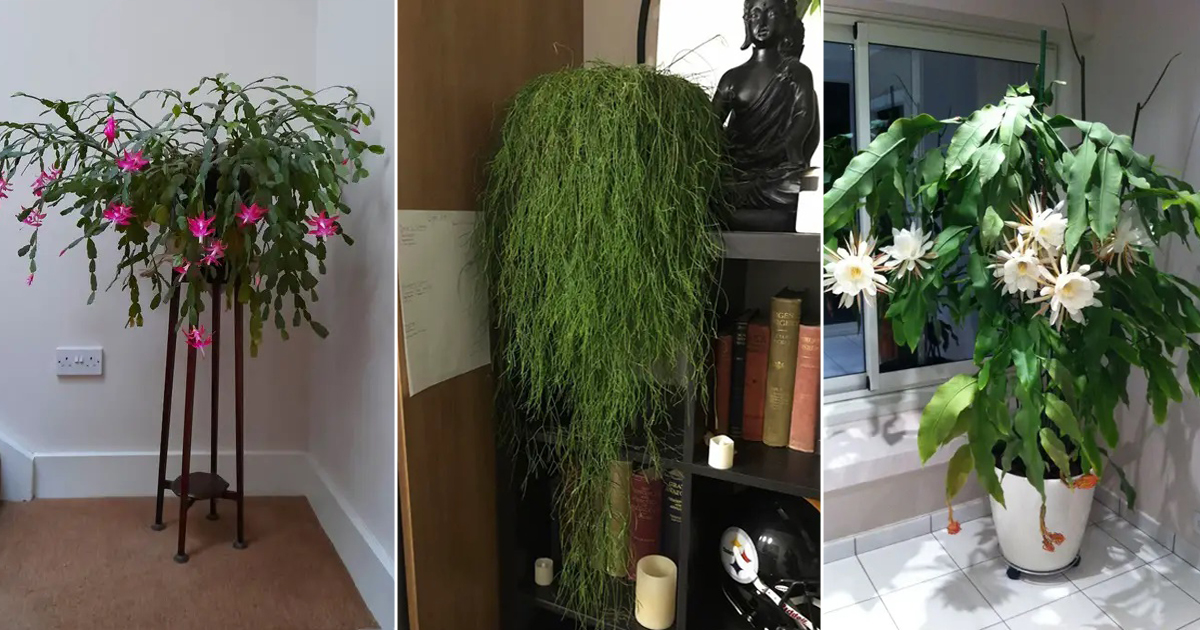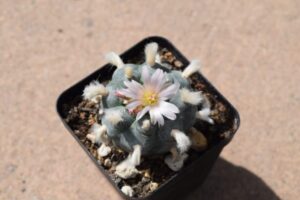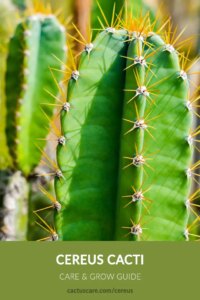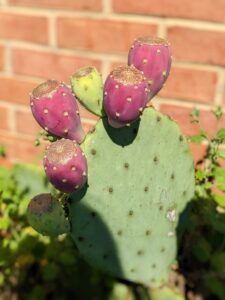Understanding the Need for Shade Tolerance
While most people associate cacti with arid deserts and sun-drenched landscapes, several species thrive in shaded environments. This unique adaptability can be beneficial for indoor plant enthusiasts, urban gardeners, or those with limited sunlight in their outdoor spaces. Often, homeowners may hesitate to introduce cacti into low light areas due to the misconception that all cacti require direct sunlight. However, choosing the right varieties can enhance your indoor gardens while alleviating the concern over plant health and survival.
Exploring the Best Shade-Tolerant Cacti
When seeking out the best cacti for low light conditions, it’s crucial to consider varieties specifically adapted to lower light levels. Here are several exceptional species known for their shade tolerance:
1. ZZZ Cactus (Zygocactus)
Commonly known as the Christmas cactus, Zygocactus is a popular choice among indoor gardeners. This charming plant features segmented stems adorned with vibrant blooms that typically appear in winter. Unlike many typical cacti, the ZZZ cactus prefers indirect sunlight, making it ideal for spaces with filtered light. It thrives in humidity and requires minimal watering, which makes it a convenient option for those new to cactus care.
2. Rattlesnake Cactus (Sicyos angulatus)
The Rattlesnake Cactus is a striking addition for those looking for a unique, textural contrast. This succulent boasts long, twisting stems adorned with an array of spines that resemble a rattlesnake’s tail. It prefers filtered sunlight and can thrive in shaded areas, making it a versatile choice for patios or shaded garden spots. Its low maintenance needs and drought tolerance contribute to its appeal for gardeners seeking an exotic aesthetic without the hassle.
3. Old Lady Cactus (Mammillaria hahniana)
With its fuzzy appearance and pink flowers, the Old Lady Cactus presents a delightful option that does not demand full sun. This species can tolerate light shade and is often a favorite among collectors for its distinctive aesthetic. Adequate ventilation is essential to prevent rot; thus, even in shade, you must ensure proper air circulation. Maintaining this balance keeps the plant flourishing while showcasing its remarkable character.
4. Bunny Ear Cactus (Opuntia microdasys)
Bunny Ear Cactus is another intriguing variety that can adapt to various light conditions. Its flat pads resembling bunny ears create a captivating focal point in any setting. Although it thrives under full sun exposure, this cactus can tolerate partial shade, making it an adaptable choice for those with varying light levels. It is essential to overwater this variety, as it is prone to root rot, especially in lower light environments.
5. Golden Barrel Cactus (Echinocactus grusonii)
While traditionally associated with full sunlight, the Golden Barrel Cactus exhibits remarkable resilience, coping with partial shade. Boasting a striking spherical form, this cactus accentuates any garden with its unique profile. It is important to monitor moisture levels closely since excessive water in light-deprived environments can lead to deterioration. As a consequence, proper pot drainage becomes even more critical when cultivating this cactus in less than ideal light conditions.
Creating Optimal Conditions for Shade-Loving Cacti
When cultivating cacti in shaded environments, understanding their specific requirements is of paramount importance. Here are several tips to create an ideal microclimate:
1. Lighting Requirements: Although these cacti tolerate shade, direct sunlight for short periods can be beneficial. Positioning them near east or west-facing windows where indirect light abounds can help boost growth without causing harm.
2. Watering Practices: Cacti require specific watering needs that vary with the seasons. In low light, evaporation rates decrease; thus, overwatering should be avoided. Allow the soil to dry out between watering sessions and monitor the plants actively during hot seasons.
3. Soil Composition: Using well-draining soil designed specifically for succulents and cacti is critical. This media typically incorporates coarse sand, perlite, or pumice, enabling optimal drainage and preventing waterlogged roots.
4. Humidity and Temperature: These plants generally prefer warmer temperatures, but be cautious about extreme fluctuations. Maintaining a stable temperature within the prescribed range helps prevent undue stress. Gradually acclimatizing plants to changes in their environment will typically yield better results.
Addressing Common Misconceptions
One prevalent myth is that cacti are entirely drought-resistant; however, they do require adequate moisture during their active growing season. By selecting the right shade-loving varieties and adhering to proper care regimens, you can cultivate thriving cacti in your low light spaces. Ensuring enhanced air circulation can also prevent diseases that commonly arise when humidity is elevated without adequate airflow.
In conclusion, not every cactus requires an abundance of sunlight to flourish. By exploring the diverse world of shade-tolerant cacti, one can create breathtaking indoor or outdoor displays that thrive in challenging light conditions. Emphasizing the importance of proper care tailored to individual species guarantees lush, vibrant growth while alleviating concerns about plant health and longevity. Whether a novice enthusiast or a seasoned expert, these shade-loving cacti can provide a unique and resilient addition to any verdant space.





Leave a Comment